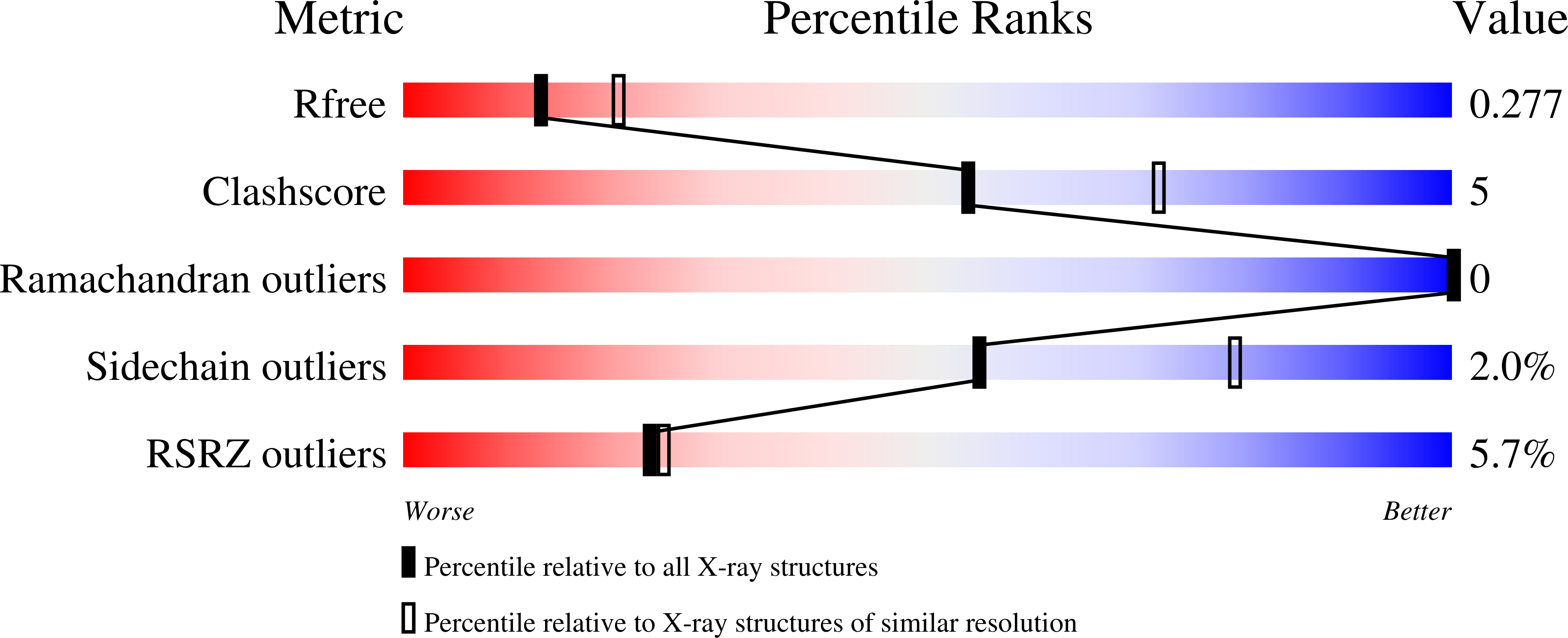
Deposition Date
1996-05-30
Release Date
1997-03-12
Last Version Date
2024-05-22
Method Details:
Experimental Method:
Resolution:
2.50 Å
R-Value Free:
0.28
R-Value Work:
0.21
R-Value Observed:
0.21
Space Group:
P 31 2 1


